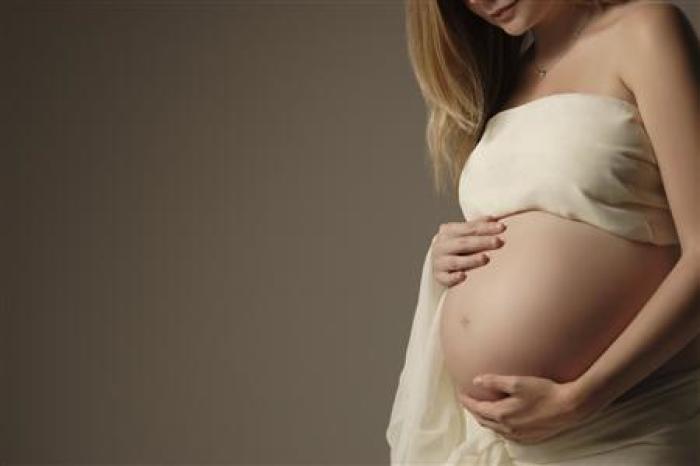Why Do Gay Teens Have Higher Pregnancy Rates Than Straight Teens?

A new report on adolescent sexual activity in Minnesota found that lesbian and bisexual females were three to five times more likely to have been pregnant than straight females, and gay males and males who question their sexuality were also four times more likely than straight males to get someone pregnant. An editor for The Gospel Coalition has analyzed the report, offering answers.
The study released by Teenwise Minnesota, which promotes adolescent sexual health and development, shows that of the 77,758 respondents from 9th and 11th grades, only 2.4 percent of straight males had gotten someone pregnant, and only 1.5 percent of straight females had been pregnant.
The percentage rises to 9.9 percent among gay males for getting someone pregnant. Similarly, 6.6 percent lesbians had been pregnant, the study found.
Among "questioning" males, 9.9 percent had gotten someone pregnant, while 2.8 percent of "questioning" females had been pregnant.
The study also said that 8.9 percent of bisexual males had gotten someone pregnant, while 8.2 percent of bisexual females had been pregnant.
Joe Carter, an editor for The Gospel Coalition, writes that a reason could be that LGBQ teens claimed to have sex much more often than straight teens, as 50.9 percent of lesbian females and 48.7 percent of gay males said they had sex at least once compared with 23.5 percent of straight females and 25.9 percent of straight males.
A contributing factor to the higher pregnancy rates, Carter adds, may also be "that LGBQ have higher levels of substance abuse before having sex."
"Questioning, bisexual, and gay males had the highest rates of alcohol or drug use at their last sexual encounter (36.5 percent, 26 percent, and 29.3 percent respectively), while straight males and females had the lowest (18.8 and 14.5 percent)," he writes.
A recent study of New York City high school students, reported in the American Journal of Public Health in May, also found that pregnancies are more common among lesbian, gay, bisexual youths than among their heterosexual counterparts, Carter points out.
That study found that about 13 percent of heterosexual females and about 14 percent of females who only had male sexual partners had been pregnant, compared to about 23 percent of lesbian or bisexual females and about 20 percent of girls who had male and female sexual partners.
"Over the past few years evangelical churches have made great strides in learning how to minister to those with same-sex attraction," Carter goes on to say. "But there is much more we could do for teens who identify as gay, lesbian, and bisexual. The fact that LGB teens are engaging in sexual activity with both sexes at a higher rate than their straight peers may be a symptom of loneliness, an unmet need for intimacy and connection, or unresolved emotional problems.





























